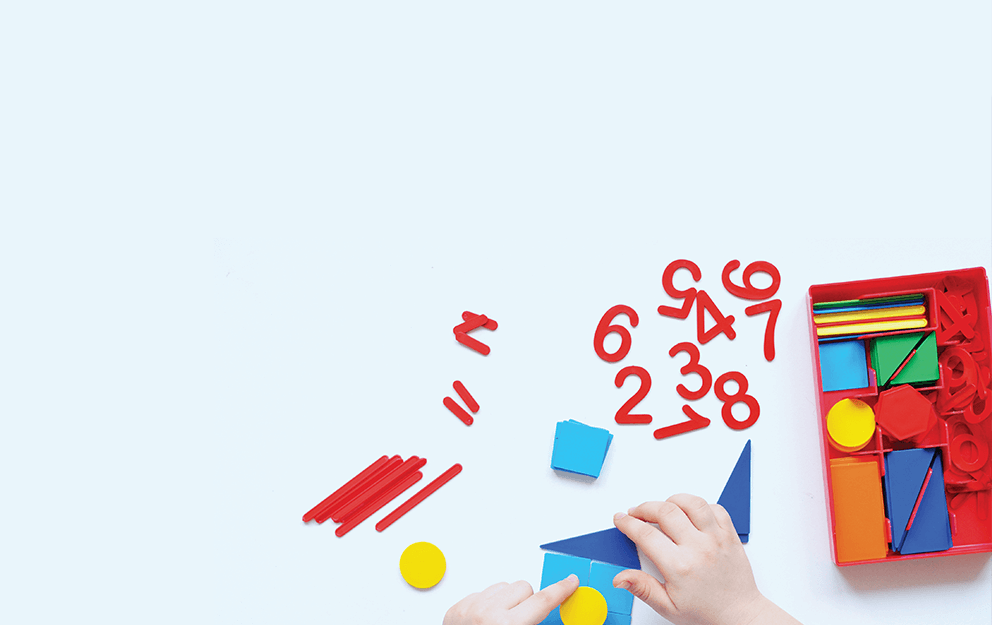
By Assistant Professor Azilawati Jamaludin, Assistant Dean, Science of Learning in Education, and Dr Tan Aik Lim, Research Fellow
Online learning is today an essential part of continual education. More teachers are discovering the usefulness of games and play in complementing online learning and boosting student engagement and learning performance.
"We don't stop playing because we grow old;
We grow old because we stop playing."George Bernard Shaw, 1856-1950
When was the last time you had fun while trying to learn something new?
Play is often seen as something that we do in early childhood, and commonly associated with learning and development. As we “grow up” and enter our adolescent years, this connection between learning and play becomes increasingly disparate. It may even have led to the misapprehension that play detracts students from learning.
Research on gaming, however, has come to understand play as one’s capacity to explore and experiment with the surroundings as a manner of problem-solving (Jamaludin & Hung, 2017; Jenkins, 2006). Game-based learning (GBL) is one such contemporary modality to inject fun into everyday learning.
A GBL environment allows the interweaving of learning content and gameplay to enhance knowledge and skill acquisition, with problem-solving activities providing players with a sense of achievement upon completion (Qian & Clark, 2016). With the present COVID-19 pandemic causing a shift toward asynchronous and home-based (digital) learning, GBL can afford a myriad of motivated learning opportunities to better meet the learning needs of students (Jamaludin, 2021).
Majority of studies have reported that learners perceive learning games as being a more interesting and less intimidating form of learning (Annetta et al., 2009; Huizenga et al., 2009). Games can afford meaningful learning opportunities by providing players with adaptive challenges, self-expression, discovery, immediate feedback, clear goals, player control, competition, variable rewards, and low-stakes failure (Gee, 2008; Squire, 2011).
Furthermore, as the enjoyment derived from the gameplay becomes associated with the learning content, engagement toward the content itself is increased (Abdul Jabbar & Felicia, 2015). From a neuroscientific perspective, gameplay has also been found to improve learning and memory on hippocampal-dependent tasks (Stark et al, 2021).
As more classes and workshops are delivering lessons in blended or fully online formats, gameplay is becoming a useful tool for instructors to engage learners over digital media. Game mechanics, such as badges, a point-system, a leader board, and social networks are some ways to introduce gamification in an online course to encourage participation and motivate learning among students.
This form of extrinsic reward-based gamification caters to our basic desire for reward and achievement, but not all learners will find reward-based gamification a strong enough motivation to engage in learning (Tan & Hew, 2016). The concept of meaningful gamification incorporates both extrinsic incentives together with intrinsically motivating student-centred activities to make the learning more meaningful to learners (Nicholson, 2012).
Practical examples include generating self-autonomy and agency by encouraging learners to attempt more challenging tasks to earn more points, recognising competence by awarding badges to motivate learners to read the materials before the class, or setting up a platform which catalyses relatedness between learners and thereby encouraging discussions and interaction among them.
As many learning platforms are moving toward home-based or asynchronous online learning, the gamification of these learning environments may offer innovative approaches to keep learners engaged and motivated amid “digital fatigue”, and even to instil in them the joy of learning.
Like to learn more about GBL or have a GBL experience to share? Write to Assistant Professor Azi at azilawati.j@nie.edu.sg, as well as explore some useful online resources on learning through play at https://bit.ly/SingTeachGBL. Click here to watch Assistant Professor Azi’s NIE Education Launchpad on “How to Power Up Your Life With Games”.
References
- Abdul Jabbar, A. I., & Felicia, P. (2015). Gameplay Engagement and Learning in Game-Based Learning: A Systematic Review. Review of Educational Research, 85(4), 740–779.
- Annetta, L., Mangrum, J., Holmes, S., Collazo, K., & Cheng, M. (2009). Bridging realty to virtual reality: investigating gender effect and student engagement on learning through video gameplay in an elementary school classroom. International Journal of Science Education, 31(8), 1091 - 1113.
- Deci, E., & Ryan, R. (2004). Handbook of self-determination research. Rochester, NY: University of Rochester Press.
- Gee, J. (2008). Game-like learning. In P. Moss, D. Pullin, J. Gee, E. Haertel, & L. Young (Eds.), Assessment, Equity, and Opportunity to Learn (Learning in Doing: Social, Cognitive and Computational Perspectives, pp. 200-221). Cambridge: Cambridge University Press.
- Huizenga, J., Admiraal, W., Akkerman, S., & ten Dam, G. (2009). Mobile game-based learning in secondary education: engagement, motivation and learning in a mobile city game. Journal of Computer Assisted Learning, 25(4), 332 - 344.
- Jamaludin, A., & Hung, W. L. D. (2017). Problem-solving for STEM learning: navigating games as narrativized problem spaces for 21st century competencies. Research and Practice in Technology Enhanced Learning, 12.
- Jamaludin, A. (2021). Designing for game-based learning with technology. In Tan, S.C., Divaharan, S., & Quek, C. L. Technology for Meaningful Learning. Pearson Education.
- Jenkins, H. (2006). Confronting the challenges of participatory culture: media education for the 21st century. Chicago, IL: MacArthur Foundation.
- Laurillard, D. (2016). Learning number sense through digital games with intrinsic feedback. Australasian Journal of Educational Technology, 32(6), 32–44.
- Nicholson, S. (2012). A user-centered theoretical framework for meaningful gamification. Paper presented at Games+Learning+Society 8.0 in Madison, WI.
- Qian, M., & Clark, K.R. (2016). Game-based learning and 21st century skills: a review of recent literature. Computers in Human Behavior, 63, 50 – 58.
- Squire, K. (2011). Video games and learning: teaching and participatory culture in the digital age. New York, NY: Teacher College Press.
- Stark, C., Clemenson, G. D., Aluru, U., Hatamian, N., & Stark, S. M. (2021). Playing Minecraft improves hippocampal-associated memory for details in middle aged adults. Frontiers in sports and active living, 3, 685286. https://doi.org/10.3389/fspor.2021.685286
- Tan, M., & Hew, K. F. (2016). Incorporating meaningful gamification in a blended learning research methods class: Examining student learning, engagement, and affective outcomes. Australasian Journal of Educational Technology, 32(5), 19 – 34.



